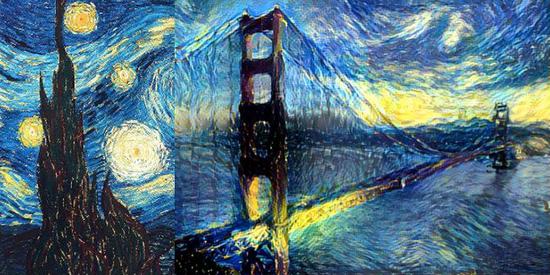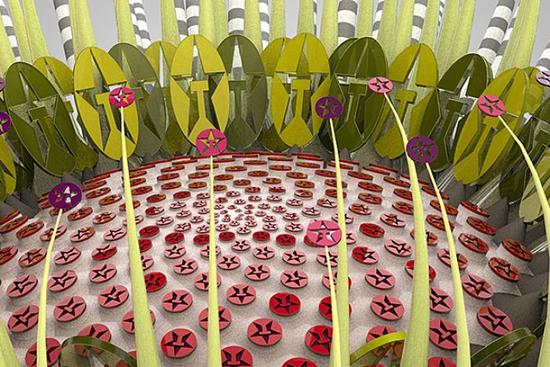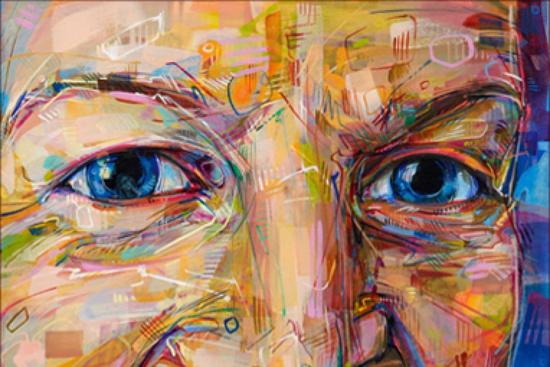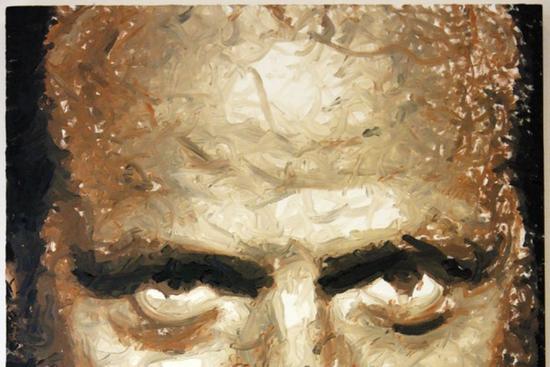4, as a "props" product design features
(1) Gamification and entertainment.
The German thinker Schiller had a famous assertion in the "Speech on Aesthetic Education": "Only when a person is in a full sense, he plays, but when he plays, he is completely human." In the era of experience economy, products Entertainment and gamification are the embodiment of the return of people's nature. People are increasingly pursuing a leisurely and pleasing lifestyle. Entertainment is not only one of the oldest experiences, but it is a more advanced and universal experience today. First, with the development of electronics, information, and network technology, electronic games have become a new economic growth point. In 2001, about 20% of Japan’s economy was generated by video games, and the industry’s output value in South Korea reached US billion. Secondly, the new generation that has grown up in the cartoon culture has become a huge consumer group. Due to rapid social and economic changes, design styles and concepts have also undergone rapid changes, an entertaining, gamified, and uncertain design. Style increasingly affects product design. Finally, with the development of science and technology, automatic control technology enables consumers and products to use remote control technology. Products from three-dimensional entities to flat images, screen, graphics show the tendency of entertainment, games. In short, in the era of experience economy, entertainment and gamification are common features of products.
(2) Humanization and interactive participation.
The experience economy itself is an open, interactive economy. One of the ultimate goals of experience design is human autonomy. Products as props should give consumers more interactive and unique experiences in order to obtain full human experience value. In the early days of industrialization, people focused on the physical functions of the products and triggered the subsequent "handicraft movement" and "new art movement". The concept of humanity was first involved. The modernist design formally put forward the "people-oriented" design concept, but the standardized production model does not even have the problem of creating or inventing one's own personality. Instead, it is a matter of conforming to or selecting a prototype of personality provided by a market. Only in the era of service economy and experience economy, people's needs are highly humanized, and even individual, purely personal spiritual aspects.
In the era of experience economy, the humanization and interactive participation of products are: First, mass customization in the design and production process. People's consumer demand has shifted from low-level physical function requirements to high-level spiritual function requirements. Product differentiation and humanization have become the value orientation of people buying products. Mass customization effectively meets the special needs of customers and provides high-quality, low-غير مجاز مي باشدt and full-fledged products. Three-dimensional simulation technology provides the basis for mass customization. The "virtual reality center" of California-based Visual Computing Technology Company can process information and three-dimensional space simulation products at any time. Engineers and customers can try and test them endlessly. product design. The second is the use of DIY (do it yourself). Consumers purchase modular product parts according to their individuality and combine them according to their own needs. Regardless of the assembly of personal computers, in 2000, Electra installed pluggable interchangeable door panels, and equipped with shelves of various materials and colors, so that the refrigerator's panels and internal accessories can be replaced according to the wishes of consumers. Of course, participation and interaction at the highest level in the use process come from the emotional exchange between people and products.
(3) Dematerialization and emptiness.
"Why" magazine editor Wegeria-Postel pointed out: "In fact, we live in an increasingly uncertain economic system. A lot of wealth does not exist in the form of physical objects." In the experience economy era, experience As a product or service and economic provision, the non-material characteristics of digitization, informationization, service, and experience are its important attributes.
The non-material phenomenon of products presents the following aspects: First, from ultra-thin to miniature to invisible. The width of gears and connecting rod assemblies manufactured in the United States using photolithographic techniques does not exceed 100 microns. At the same time, miniaturization technology has brought about changes in design concepts, and “formal follow-up function” has been challenged as never before. The second is from three-dimensional to planar. With the development of science and technology, automatic control technology makes use of remote control and network information technology between consumers and products. Consumers use their own dialogue with the screen image to experience the product. The intensification of the planarization factor in product design makes it asymptotic to the dematerialized state.
As Mark Dijani said: Computer-centric life has opened up a new horizon. Human society is in the process of transition from a highly developed material society to an intangible society. The form of non-materialization and the enlargement of function gradually make the material aspect of design disengagement approach the purely spiritual one.
(4) Emotional and purely spiritual.
In the era of experience economy, design is increasingly pursuing “an unobjective, unpredictable and inaccurately measured lyrical value” (Mark-Dyani), and a large number of designs are “articles that can cause poetic reactions. ". Consumers choose goods based on perceptual and intentional, and society has entered the era of consumption of culture and spirit. According to Maslow’s hierarchical demand theory, experience design expands traditional design’s attention to low-level needs such as human physiology and safety. The consideration of high levels of spiritual needs such as self-esteem and self-worth of consumers.
Experience is the catalyst for internalization of cognition. It plays the role of linking and linking the existing experience of the subject with new knowledge, and helps the subject to complete the role of understanding and sublimation. It guides the subject from the object to the situation, to the artistic conception, and creates the perception of people. Three stages of emotional experience. The first is the state of the object. Pay attention to the sensory stimulation of customers and strengthen the perception of products. The more an experience is full of feelings, the more it is worth remembering and recalling. In order to make products have more experience value, the most direct way is to increase some sensory elements and enhance the feeling of mutual communication between customers and products. Therefore, the designer must conduct detailed analysis from the aspects of sight, touch, taste, hearing and smell, highlight the sensory characteristics of the product, make it easy to be perceived, and create a good emotional experience. For example, in terms of hearing, the experience of designing sounds for opening and closing cars is based on the visual aspects. From the ultra-flat to flat screen to plasma, and so on. The second is situational state.
On the one hand, it is people's love environment for products, and on the other hand, it is the love environment for products, people, society, and nature. The object has its own soul, and its value symbol is the symbol of the owner's identity, status, and rights. Between people and products will inevitably form an interactive love environment. In the product design system, we come to realize that LG enterprises give consumers unexpected surprises. In their after-sales service, the company pays attention to your service quality at any time. Giving consumers a unique consumer experience, the company is deeply affecting customers from a small place and attracting customers. The third is a higher level of artistic state. Chinese painting pays attention to “intentional writing first”. In the era of experience economy, we should pursue “intention to design first”, design good themes with strong attraction, seek for harmonious props and scenery, and create a moving theater, which is rich in output and unique The value of experience.
5 Conclusion
Product design is an intrinsic reflection of the era economy, technology, and culture. In the era of experience economy, companies must use service as the “stage”, products as “props”, and the environment as “sets” to create a strong appeal. The unique experience value of human thinking, it will inevitably lead to changes in the design culture. It is the historical mission of the designing staff to deeply study the ideas, experience design and product design features of the experience economy, promote the interaction between Chinese and foreign design, and meet the call of “China Design” era.
Zoology Slides Series. Contain the from Protozoa to mammal etc mammals experimental lesson used slice (slides) specimens.There are four basic types of animal tissues: muscle tissue, nervous tissue, connective tissue, and epithelial tissue. All animal tissues are considered to be subtypes of these four principal tissue types. Common staining methods: HE, alcohol magenta.
Xinxiang Vic Science&Education Co.,Ltd. , https://www.labmedicalscience.com












